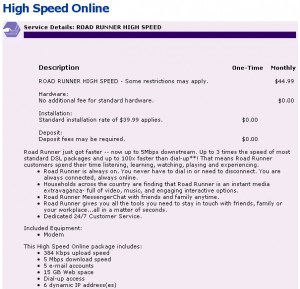Time Warner Cable has appointed Andrew Heller, a 25-year veteran of the cable industry to oversee the cable-owned video project dubbed TV Everywhere.
TV Everywhere is the brainchild of Time Warner Cable, which wants to create a new central video distribution platform leveraging broadband to deliver streamed, on demand TV shows and movies, but only to verified customers of cable companies that already take a video channel package.

Andrew Heller, TWC's Head of 'TV Everywhere'
The cable industry is afraid that broadband customers might decide to watch all of their television online, and simply drop or bypass traditional cable television packages. TV Everywhere is designed to stop that, by prohibiting non cable-video subscribers from accessing cable network programming online.
The first test of the new service is due during the second quarter of this year. Meanwhile, the cable operator is engaged in intense discussions with programmers to state their case that it is unfair for them to pay monthly subscription fees for programming, when those same programmers are giving away clips and shows on the web for free.
Assuming the company is successful in its negotiations, programming websites would discontinue much of their traditional online video and get customers to “authenticate” they are verified cable TV subscribers before being permitted to access on demand video.
In a new wrinkle, Heller told Advertising Age that TV Everywhere is not going to be free, even to existing cable subscribers. In fact, he’s concerned that consumers may stage protests similar to what Time Warner Cable received after testing metered pricing for Internet service.
The price of TV Everywhere has also been a subject of recent debate after Time Warner Cable canceled plans, after a huge outcry by customers, to test metered consumption of broadband video in certain markets.
“The consumer’s going to speak with their pocketbook,” Mr. Heller said. “We do know they want a new model, we do know they want more choice and they use their computer as an additional outlet. We will do what we can to listen to them.”
The question is, do consumers “want a new model” for online video, or are they satisfied accessing content the way they do now — through video programmer websites, or purchasing viewing rights for series from iTunes, Netflix, or Amazon? Are consumers clamoring for a cable-controlled video platform that only provides access, for a price, to customers who already pay for a cable subscription including video channels? Will this “listening tour” be like the last one the company attempted during the metered billing fiasco?


 Subscribe
Subscribe




